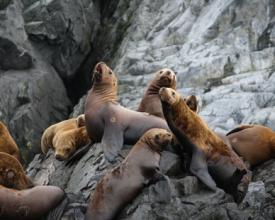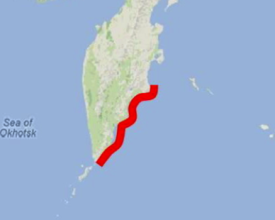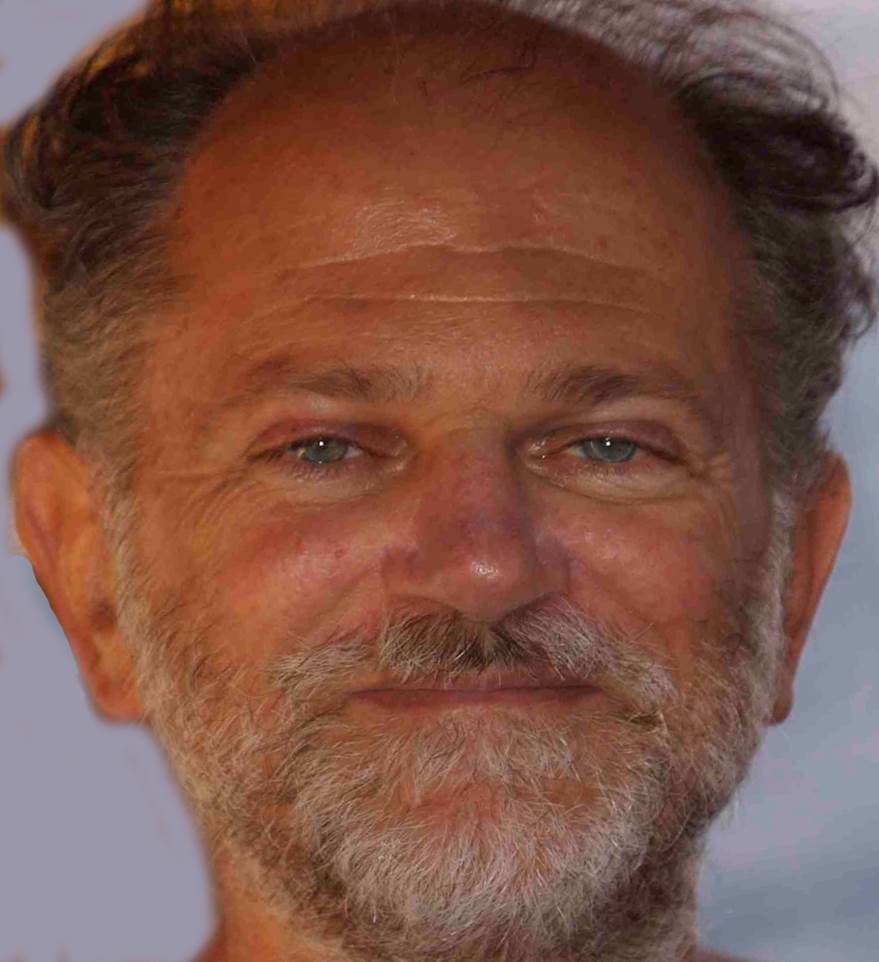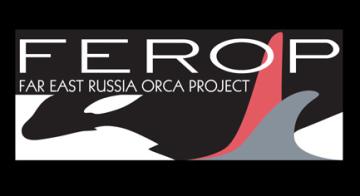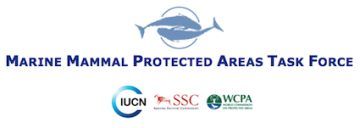
Faire du SE Kamchatka une ZIEB et un candidat IMMA à partir des données sur les mammifères marins
En 1999, le Far East Russia Orca Project (FEROP) a joué un rôle de premier plan dans la recherche à long terme sur les baleines en Russie, avec des chercheurs recueillant des données au Kamchatka (1999-2016+) et dans les îles Commander (2007-2016+). Des équipes de 10 à 20 chercheurs russes ont mené une grande variété d'études sur les orques, les baleines à bosse, les baleines à bec de Baird et les baleines franches du Pacifique Nord, y compris l'identification photographique, les transects et les études d'observation, les études acoustiques, ce qui a conduit à des efforts de protection plus importants.
Contexte
Défis à relever
Emplacement
Traiter
Résumé du processus
Blocs de construction
Mise en place d'un projet de recherche à long terme
Facteurs favorables
Leçon apprise
Présentations lors de réunions internationales
Facteurs favorables
Leçon apprise
Ressources
Présentation du travail à Petropavlovsk à la population et aux groupes locaux
Facteurs favorables
Leçon apprise
Ressources
Obtenir une invitation à la réunion de l'EBSA sur la CDB à Moscou
Facteurs favorables
Leçon apprise
Impacts
1) la population locale a été sensibilisée aux baleines et aux questions relatives à leur protection, 2) la reconnaissance scientifique internationale en tant que zone d'importance écologique ou biologique (ZIEB) dans le cadre de la CDB a été approuvée par Moscou et contribuera à protéger les baleines contre l'exploitation.

